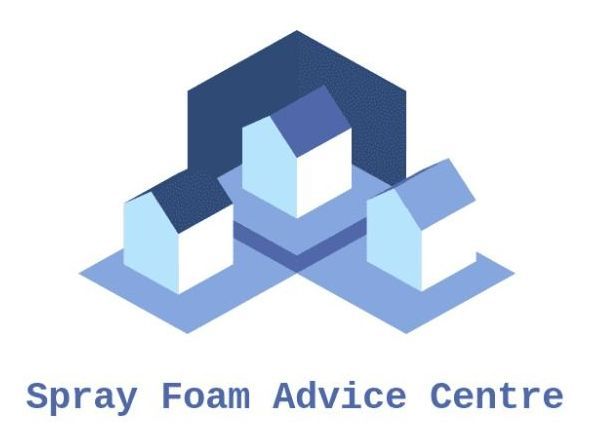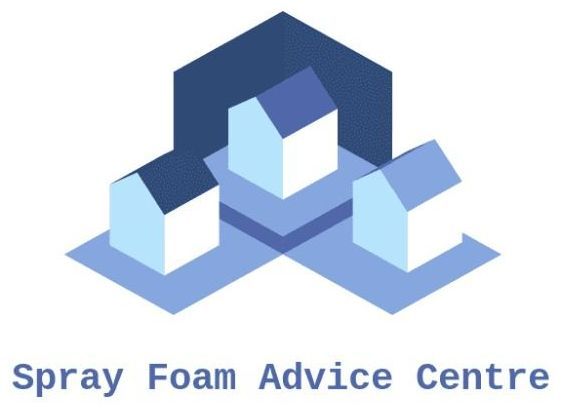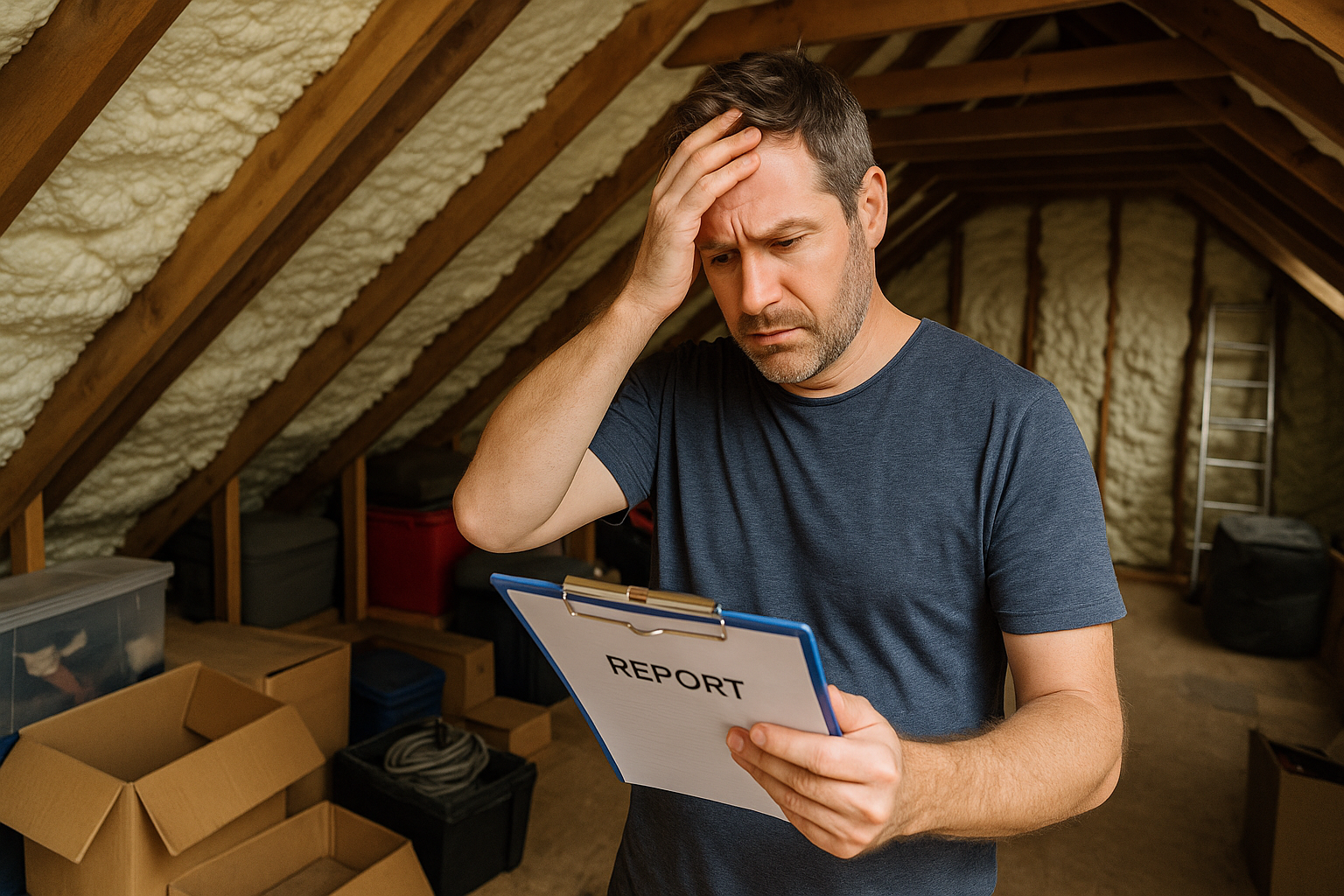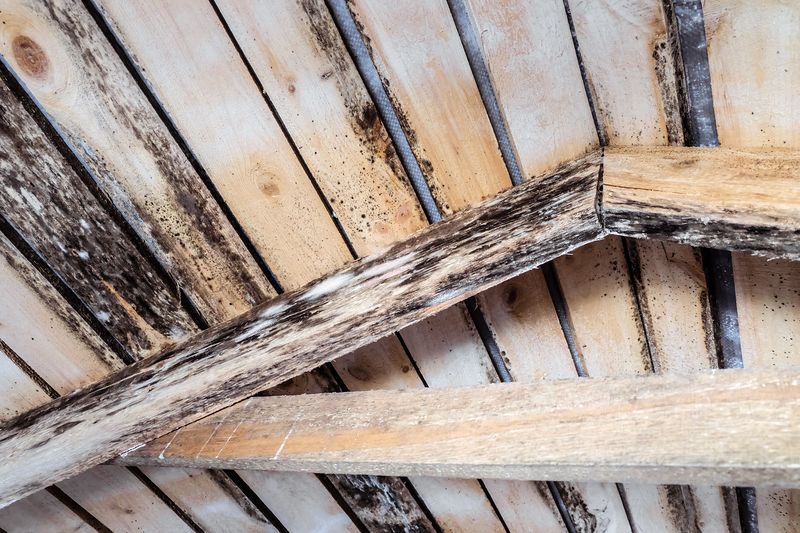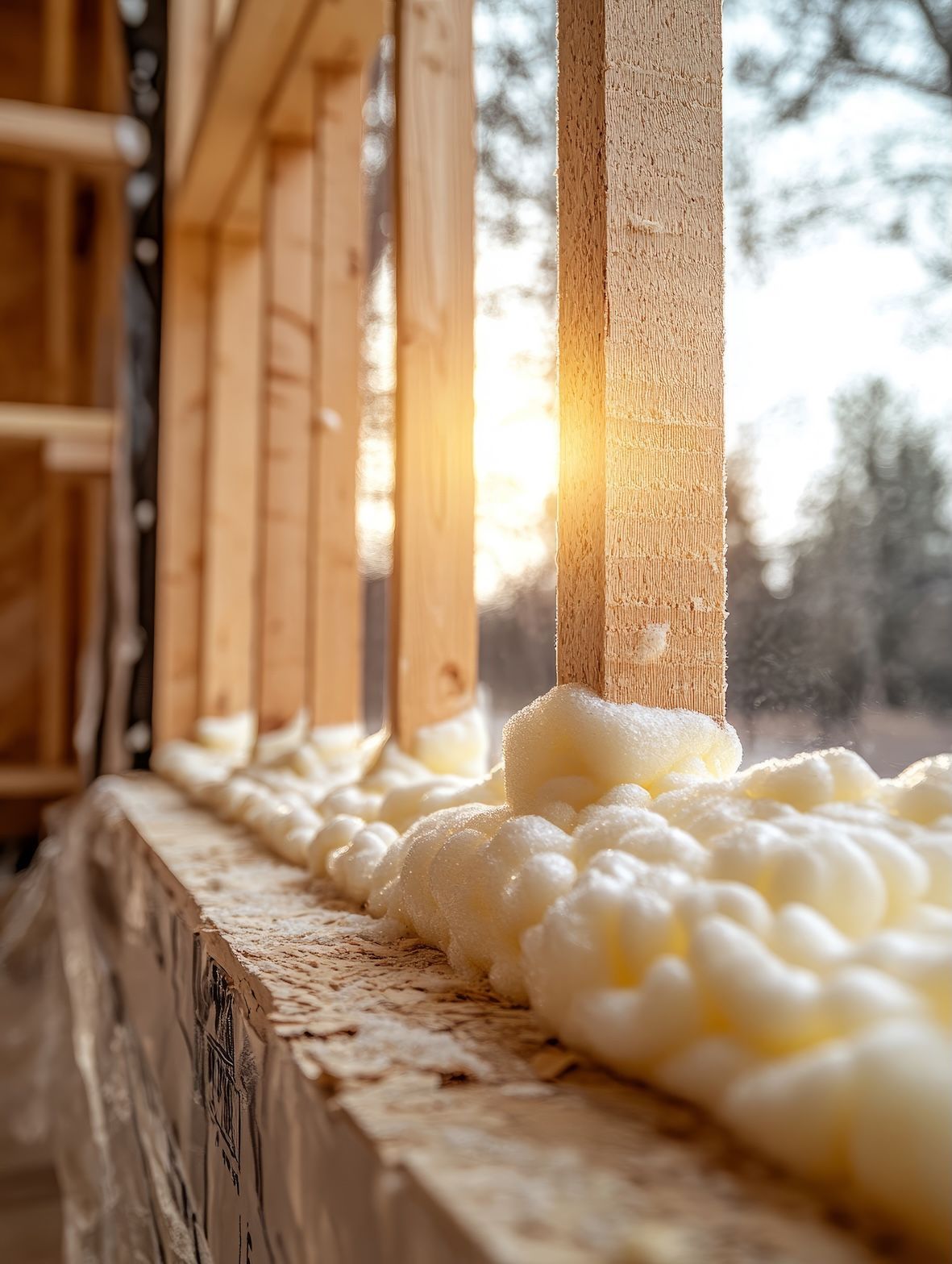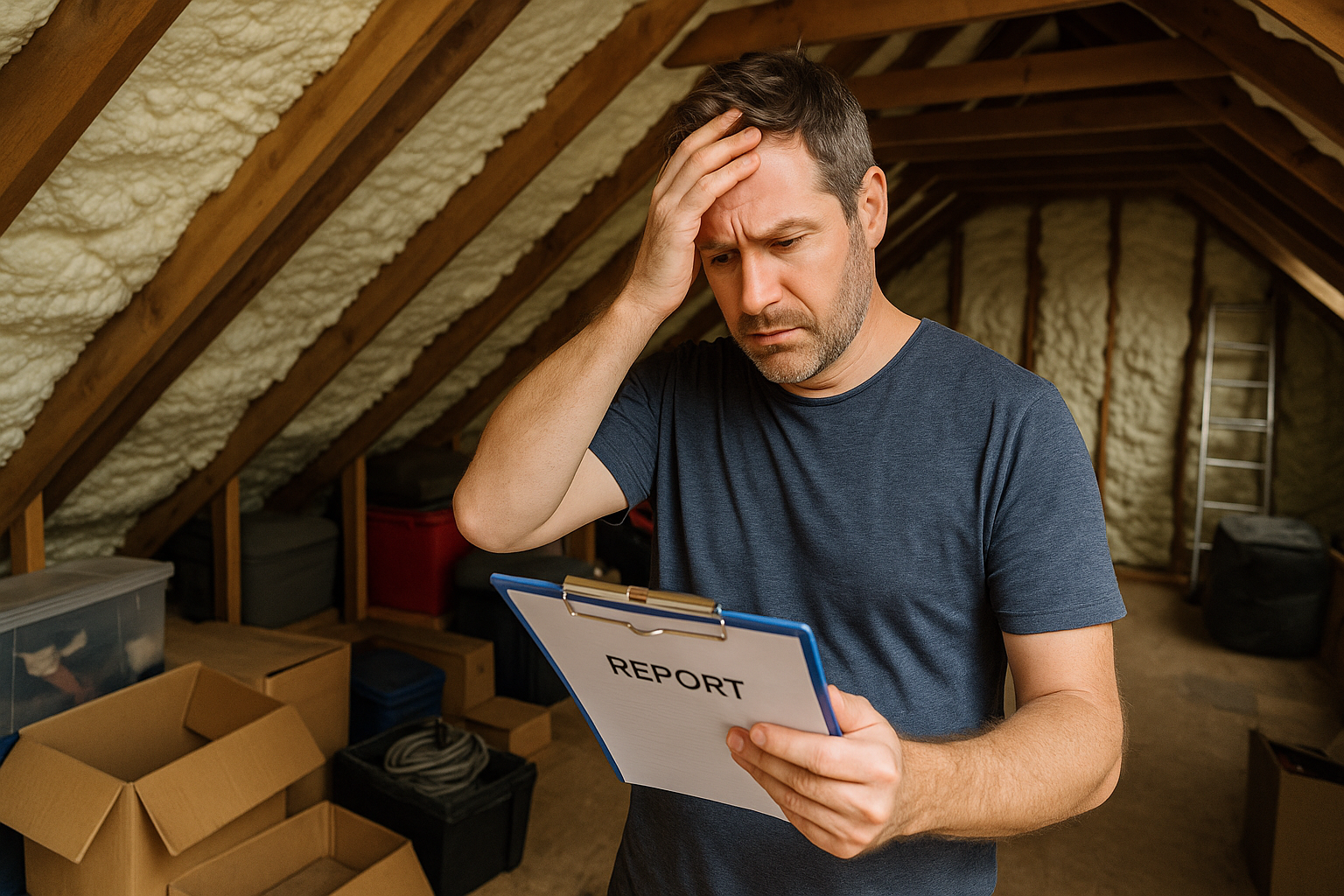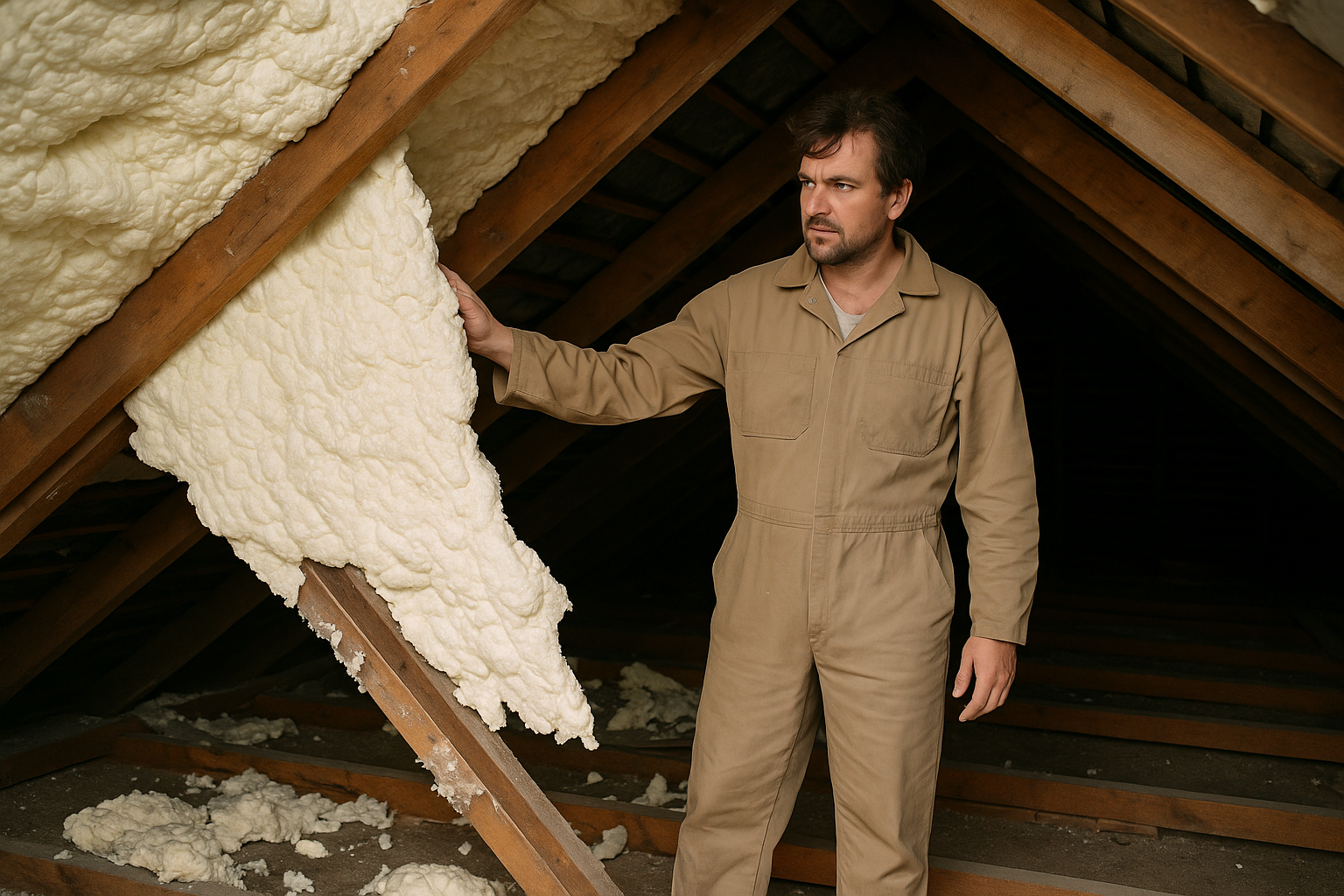The Hidden Risks of Spray Foam Insulation: Why Checking Condensation Risk Reports is Essential
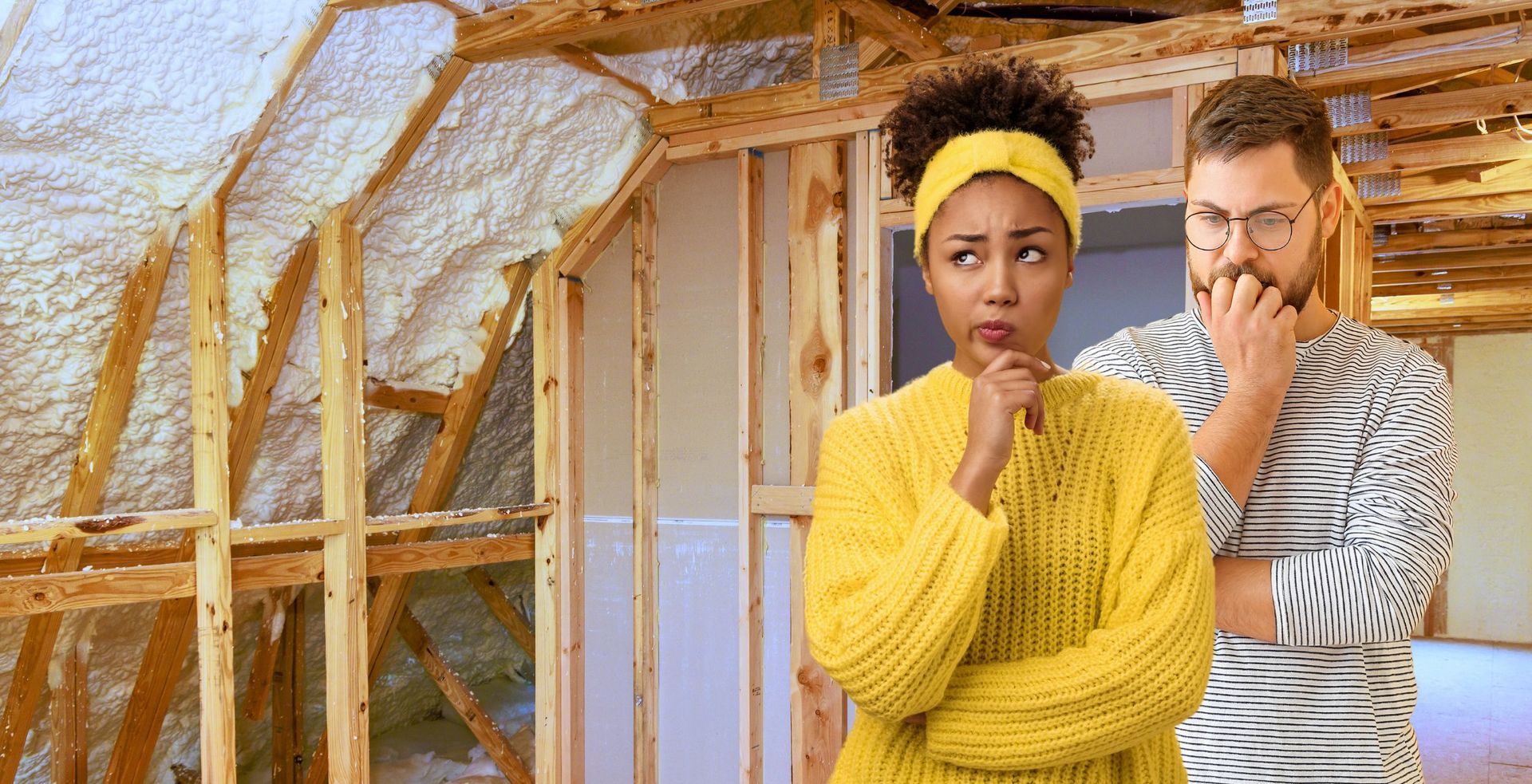
When it comes to insulating homes, spray foam insulation is often hailed as a modern solution for improved energy efficiency. It’s known for its air-sealing properties, providing a high level of insulation that can reduce energy costs. However, before rushing into this upgrade, it's crucial to pause and consider one essential aspect often overlooked: condensation risk.
Spray foam insulation, if improperly installed, can trap moisture within walls, leading to serious structural problems such as damp, mould, and rot. This is why ensuring you have a legitimate Condensation Risk Report is a must. In this blog post, we'll explain why these reports are so important, and how to ensure they’re not fabricated.
What is a Condensation Risk Report?
A condensation risk report is a detailed assessment that analyses whether condensation will occur in your home following the installation of spray foam insulation. It considers factors such as your home’s ventilation, moisture levels, and the location of the insulation. The goal is to avoid moisture being trapped in walls, roofs, or lofts, which can eventually lead to damage.
The Rise of Fabricated Reports
One worrying trend in the UK is the rise of fabricated or inaccurate condensation risk reports. Unscrupulous installers or manufacturers may provide a ‘tick-box’ report without carrying out a thorough assessment, leaving homeowners unaware of potential risks. The damage caused by improperly assessed spray foam insulation could cost thousands to repair.
How to Ensure Your Condensation Risk Report is Legitimate
Here’s what you need to do to make sure you’re getting the real deal:
- Check the Qualifications of the Assessor
Ensure the person conducting your condensation risk assessment is properly qualified. Look for professionals accredited by organisations such as the British Board of Agrément (BBA) or the Royal Institute of British Architects (RIBA). These qualifications indicate that the assessor is trained to follow industry standards. - Ask for a Detailed Breakdown
A legitimate condensation risk report should contain more than just a summary or one-page conclusion. It must include a detailed breakdown of your property’s construction, the specific areas being insulated, the materials used, and any ventilation requirements. Avoid vague or overly simplistic reports. - Look for Site-Specific Information
A good condensation risk report will be tailored to your home. If the report seems overly generic, or if key details about your property aren’t mentioned, this could be a red flag that the report wasn’t based on an actual assessment of your home. - Demand a Follow-Up Inspection
After installation, a follow-up inspection is just as crucial to ensure that the insulation is performing correctly. This check will confirm that no moisture build-up is occurring and that your home remains free from condensation risks. Make sure this is part of the package. - Get a Second Opinion
If in doubt, don’t hesitate to get a second opinion from another qualified professional. A reputable installer or insulation provider won’t object to this and should encourage transparency.
Don’t Take Risks with Your Home’s Health
Spray foam insulation can be a fantastic way to improve energy efficiency and reduce your heating costs, but only if done correctly. The condensation risk assessment is not just a formality—it’s a vital safeguard for the long-term health of your home. Make sure to verify the credentials of anyone providing a report and don’t settle for anything less than a comprehensive, site-specific assessment.
Taking these precautions can save you from costly repairs and ensure your insulation works as intended without creating hidden risks. Your home is worth it!
